What Is A Dutch Oven?
Simply put, no other cooking vessel compares.
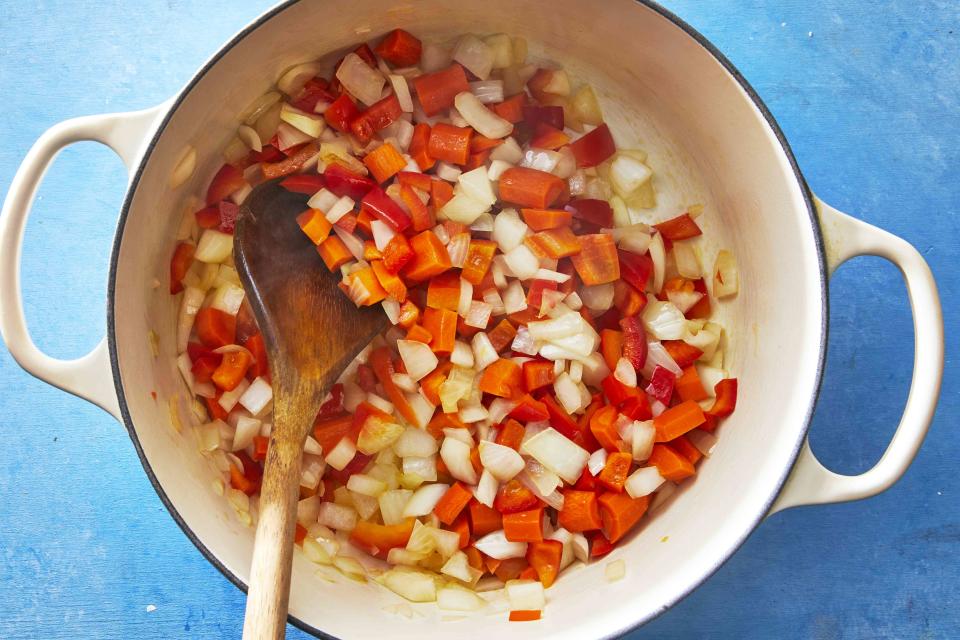
Photography: Caitlin Bensel, Food Styling: Torie Cox
If you have fond memories of your grandmother whipping up her best Sunday dinners in a hefty, lidded pot, you’re probably recalling her use of an iconic Dutch oven. There’s a reason Grandma relied on this classic cast iron cookware for her famous shrimp and sausage gumbo, braised cola and bourbon brisket, and chicken and dumplings—simply put, no other cooking vessel compares.
“The Dutch oven is a highly versatile workhorse that can handle just about any recipe or task in the kitchen,” says Sara Whitaker, the director of category marketing for Le Creuset, a leader in durable and colorful chip-resistant enameled cast iron that’s been handcrafted in France since 1925. “Dutch ovens are an essential piece of cookware.”
Sara Whitaker works in category marketing for Le Creuset, a leader in durable and colorful chip-resistant enameled cast iron.
Diana Drewes is a brand manager at The ZWILLING Group for Staub, which sells high-quality enameled cast iron products.
What Is A Dutch Oven?
At its core, a Dutch oven is a casserole dish with thick, high walls and a tight-fitting lid. The heavy lid is crucial to lock in moisture, as it results in more flavorful food. They are often used to cook such dishes as roasts, stews, and casseroles, but the sky really is the limit.
Investing in a durable Dutch oven means you’ll always have the perfect vessel to cook your favorite recipes in, as it’ll last for many decades to come. Heck, they even get passed down from one generation to the next because they are virtually indestructible and never go out of style.
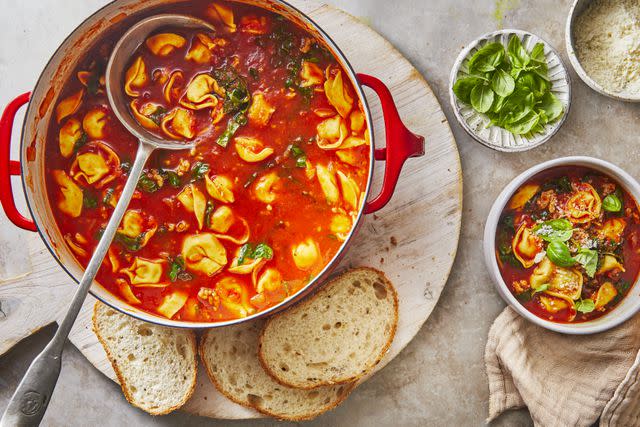
Photography and Prop Styling: Caitlin Bensel, Food Styling: Torie Cox
What Are Dutch Ovens Made Of?
Dutch ovens be made of various materials, but most commonly are crafted from cast iron or enameled cast iron—as such, many brands are oven-safe up to 500 degrees. “Cast iron offers the best heat retention and distribution of any cooking material,” says Whitaker. Both enameled and raw options are excellent choices for withstanding high heat and searing, but here’s a quick guide to the main differences:
Unfinished Cast Iron
This is the original, raw material made of iron and steel alloy. Caring for it takes a bit more effort, as you’ll need to ensure it doesn’t rust (which is why it’s crucial to always dry it thoroughly after cleaning) and also know how to season cast iron—this oiling and heating process gives it a protective layer, which compounds over time.
Enameled Cast Iron
Some Dutch ovens are coated with a layer of enamel glaze, a non-toxic protective coating that allows you to skip the seasoning process and avoid rust formation. Enameled cast iron, like those from Le Creuset and Staub, come in a wide array of shiny and matte colors, allowing you to match your kitchen décor or show off your personal style. Just know that you can’t use metal utensils in enamel because it will scratch, so choose ones made out of wood, nylon, or silicone.
What Is A Dutch Oven Used For?
You can make beef stews, no-knead breads, roast chickens, fried chicken, soups, mashed potatoes, and more in a Dutch oven.
Slow Cooking
“Dutch ovens are great for slow-cooking meats and vegetables to tender perfection, and for simmering hearty stews and soups,” says Diana Drewes, brand manager at The ZWILLING Group for Staub, which sells high-quality enameled cast iron products made in France. “You can cook just about any dish—braise, stew, roast, and steam large quantities of food. Then serve straight to the table in style.”
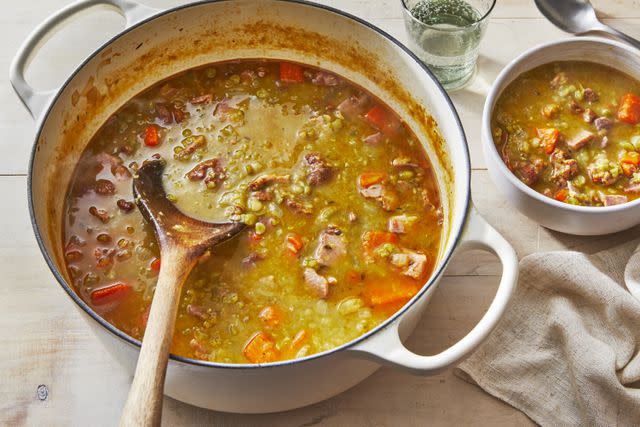
Photography: Caitlin Bensel, Food Styling: Torie Cox
Baking
Drewes says Dutch Ovens are also great for baking—including this no-knead buttermilk bread recipe—because their thick walls ensure even and consistent heating from all sides.
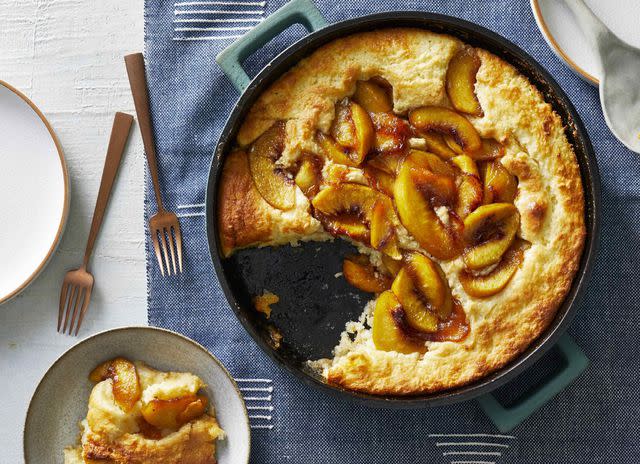
Many Dutch ovens are suitable for all stovetops, including glass-top and induction, and are oven-safe as well (but be sure to read the box to know the limitations of the brand you choose).
How To Clean A Dutch Oven
Cleaning an enameled Dutch oven is easier than it looks, namely because you shouldn’t need any special ingredients. You never want to use anything abrasive, which can scratch the enamel and dull its shine. If basic soap, water, and sponge aren’t doing the trick, then follow this baking soda-and-vinegar method for cleaning enameled Dutch ovens.
If all else fails, Le Creuset enthusiasts swear by Easy Off oven cleaner with the original yellow cap. Apply liberally, place the Dutch oven in a plastic garbage bag in the garage, and let it soak for 12-24 hours before washing it off with soap and water (repeat the process if it’s still not 100% clean).
Related:10 Things You Shouldn't Do in Your Dutch Oven
What Is A Substitute For A Dutch Oven?
In many ways, it’s almost impossible to replicate a Dutch oven, because the material, depth, sturdiness, heat retention, and tight-fitting lid are essential to the outcome of many of the dishes cooked in one. In a pinch, Drewes recommends using an enameled cast iron skillet as a substitute because it can also fry and sear. “With a lid, a skillet can be a braiser for slow-cooking,” she says. “If you are cooking something with volume, a pasta pot could be used, but will not produce the same results.”
If a high-end Dutch oven is too expensive, there are more budget-friendly brands to consider, including Lodge, Misen, and Milo.
Related:The Best Dutch Ovens To Buy Now
What Shape And Size Dutch Oven Is Best?
Dutch ovens come in round or oval shapes, and therefore serve different purposes. Round is a classic shape that tends to fit better on the stovetop because its shape matches most burners (read: oval may take a little longer to heat). However, if you often cook longer cuts of meat, like a whole chicken or beef tenderloin, an oval shape may be right for you. Bread tends to conform to the shape it's cooked in, so an oval Dutch oven may lend itself to a more traditional, longer loaf versus a rounded boule. If you can swing it, it’s ideal to have one in each shape.
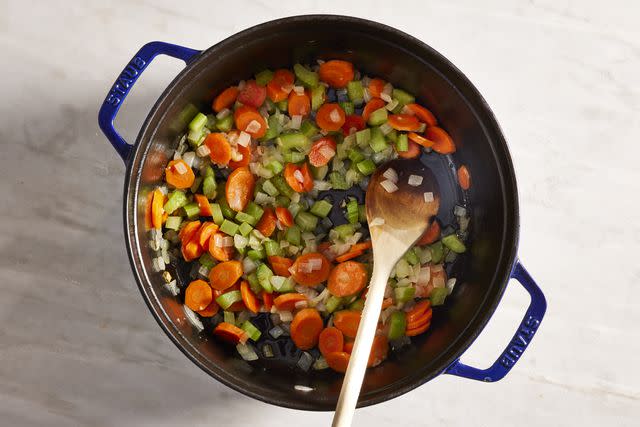
Photographer: Jen Causey, Prop Stylist: Christina Daley, Food Stylist: Chelsea Zimmer
When it comes to selecting a size, Le Creuset notes a good rule of thumb is to plan for one quart per person, and then round up. So, for a family of four, a 5-6 quart capacity would be the ideal size. If you often host guests, go bigger as it's easy to outgrow a smaller one. The brand notes that its 5 1/2 quart round Dutch oven and 6 ¾ quart oval Dutch ovens are the most popular sizes and shapes. Just remember: Dutch ovens are inherently heavy, so the bigger you buy, the more weight you’ll have to handle when pulling it out of the cupboard and oven and cleaning it.
Dutch Oven Recipes
There are many creative things you can do with a Dutch oven beyond beef stew, including:
For more Southern Living news, make sure to sign up for our newsletter!
Read the original article on Southern Living.

